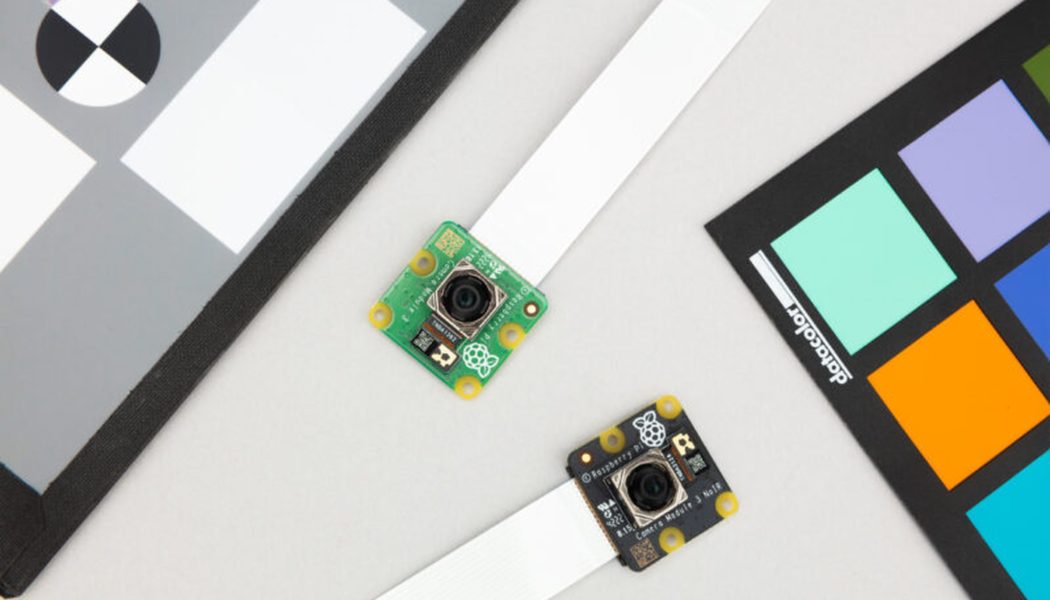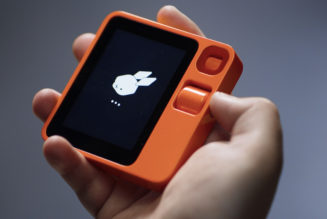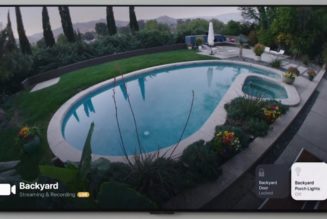/
Alongside the company’s Camera Module 3, it’s also releasing a new module for use with M12-mount lenses.
:format(webp)/cdn.vox-cdn.com/uploads/chorus_asset/file/24346396/FOR_DEVELOPERS_800x533.jpeg)
a:hover]:text-gray-63 text-gray-63 dark:[&>a:hover]:text-gray-bd dark:text-gray-bd dark:[&>a]:text-gray-bd [&>a]:shadow-underline-gray-63 [&>a:hover]:shadow-underline-black dark:[&>a]:shadow-underline-gray dark:[&>a:hover]:shadow-underline-gray”>Image: Raspberry Pi
Raspberry Pi is launching a new camera module for use with its diminutive DIY computers — the Camera Module 3. Its upgraded Sony IMX708 sensor is higher resolution, but perhaps more important is that the new module supports high dynamic range photography and autofocus. Alongside it, Raspberry Pi is also releasing a new camera board for use with M12-mount lenses.
Combined, the new features mean the Camera Module 3 should be able to take more detailed photographs (especially in low light), and can focus on objects as little as 5cm away. The autofocus uses a Phase Detection Autofocus (PDAF) system, with Contrast Detection Autofocus used as a backup. In contrast, previous versions of the camera module had fixed-focus lenses, which Raspberry Pi CEO Eben Upton writes were “optimized to focus at infinity” and could only take a “reasonably sharp image” of objects around a meter away.
:format(webp)/cdn.vox-cdn.com/uploads/chorus_asset/file/24346397/STANDARD_ANGLED_2_900x603.jpg)
a:hover]:text-gray-63 text-gray-63 dark:[&>a:hover]:text-gray-bd dark:text-gray-bd dark:[&>a]:text-gray-bd [&>a]:shadow-underline-gray-63 [&>a:hover]:shadow-underline-black dark:[&>a]:shadow-underline-gray dark:[&>a:hover]:shadow-underline-gray”>Image: Raspberry Pi
Technology
The new module’s sensor has a resolution of 11.9 megapixels (compared to 8.1 megapixels for the last version), and has a higher horizontal resolution that should allow it to film HD video. HDR support means the Camera Module 3 can take several exposures of the same scene, and combine them so that both darker and lighter parts of an image are properly exposed (at the expense of some resolution) — a trick commonly performed by just about every smartphone.
Prices start at $25 for the Camera Module 3 with a standard field-of-view, while the ultra-wide angle version with a 102-degree field of view is $35. There are also infrared-sensitive modules designed for night photography.
If you want a Raspberry Pi that can take photos using a more traditional interchangeable lens, then the company is also announcing a new version of its High Quality Camera module that supports M12-mount lenses. It still has the same 12.3-megapixel Sony IMX477 sensor, but the module now supports the “fisheye and other specialist lenses” that are designed to work in M12 systems.
The previous High Quality Camera module used with C- and CS-mount standards, and it was this that my colleague Becca Farsace used to make her own DIY camera.
Fumali – Services Marketplace – Home Services – Gutter Services









